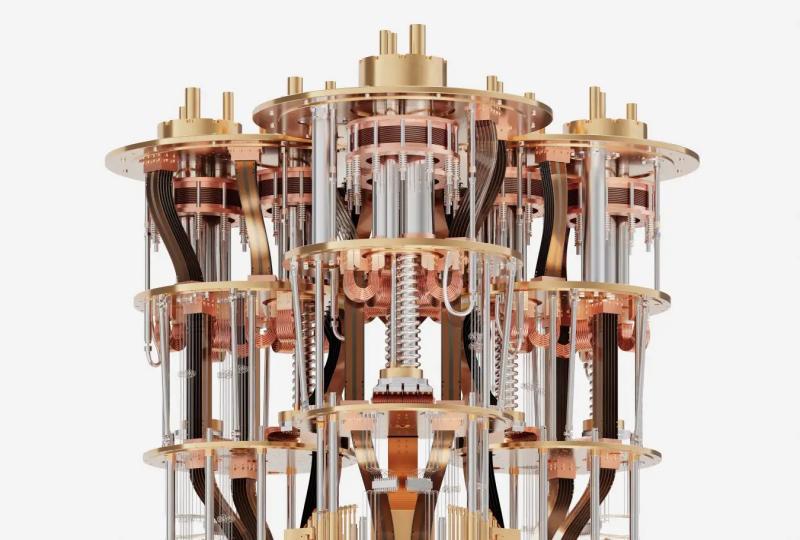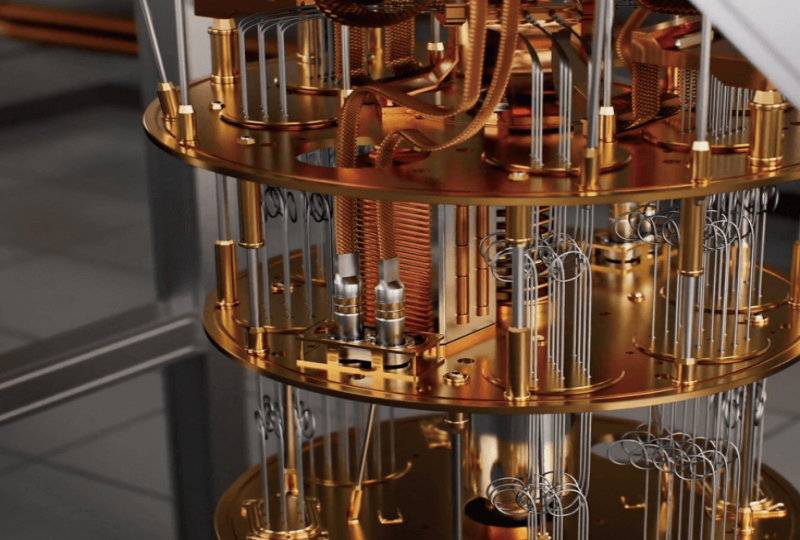What Is a Topological Qubit? Ultimate Guide for 2025
2025.03.24 · Blog
Quantum computing is transforming rapidly, with scientists constantly pursuing more stable and scalable quantum systems. One of the most groundbreaking innovations in this field is the topological qubit. This article offers a detailed explanation of topological qubits, how they work, why they matter, their scientific foundation, real-world development efforts, and their future potential.
What is a Topological Qubit?
A topological qubit is a quantum bit where information is encoded in the topological states of non-abelian anyons—particles that exist in two-dimensional spaces. Unlike conventional qubits that are easily disturbed by environmental noise, topological qubits leverage the global properties of the system, making them naturally fault-tolerant.
In other words, instead of storing quantum information in a fragile state, the information is distributed across multiple particles and their interactions.
The Science Behind Topological Qubits
The concept originates from topological quantum field theory and condensed matter physics. Topological qubits use Majorana zero modes, exotic quasiparticles that are their own antiparticles, as building blocks. These Majorana fermions can be created under special conditions, often involving superconducting materials and strong magnetic fields.
How Does a Topological Qubit Work?
Topological qubits operate through braiding operations. Moving Majorana particles around each other in specific patterns changes the global quantum state. The fascinating aspect is that the final quantum state depends on the sequence of braiding, not on small local errors or noise. This makes the system robust against environmental disturbances.
Key Advantages of Topological Qubits
1. Inherent Error Protection: Unlike superconducting or trapped-ion qubits, which require error correction codes, topological qubits natively resist noise due to their non-local encoding.
2. Scalability: Their stability makes them a strong candidate for building larger quantum processors with fewer error correction demands.
3. Reduced Decoherence: They are less prone to decoherence compared to other qubit types, enabling longer and more reliable quantum operations.
4. Lower Operational Overhead: Traditional qubits require thousands of physical qubits to form a single logical qubit with error correction. Topological qubits could reduce this overhead, making large-scale quantum computing more practical.
Current Research and Industry Efforts in Topological Qubits
1. Microsoft Quantum and StationQ: Pioneering topological quantum computing and developing Majorana-based systems.
2. Delft University of Technology: Collaborating with Microsoft to demonstrate and control Majorana fermions.
3. University of Copenhagen: Active in topological matter research.
4. Tsinghua University and other academic institutions: Conducting cutting-edge research in topological quantum computation.
Challenges in Developing Topological Qubits
1. Creating Stable Majoranas: Anyons and Majorana modes require special quantum materials that are hard to fabricate and maintain at extremely low temperatures.
2. Precise Braiding Control: Developing nanotechnologies capable of moving quasiparticles with extreme accuracy.
3. Verification Complexity: Measuring and verifying topological states without disturbing them remains a major challenge.
4. Competition from Other Qubit Technologies: Superconducting qubits (used by IBM, SpinQ, and Google) and trapped-ion qubits (used by IonQ) have progressed rapidly. Topological qubits are still in early experimental stages, making them a long-term bet.
Future Potential of Topological Qubits
Topological qubits hold the potential to revolutionize quantum computing by making error correction easier and enabling large-scale quantum processors. However, major breakthroughs in material science, fabrication, and control techniques are still needed before they can compete with other quantum computing approaches.
If successfully developed, topological quantum computing could become the foundation for practical, fault-tolerant quantum systems, accelerating breakthroughs in cryptography, materials science, and artificial intelligence.
Conclusion
Topological qubits represent one of the most promising paths toward a scalable and robust quantum computer. While still in the research phase, they could eliminate one of the biggest barriers in quantum computing—decoherence and error correction overhead.
With continued advancements in Majorana physics and topological materials, topological qubits might be the key to unlocking the full potential of quantum computing in the near future.
FAQs
Q: Are topological qubits currently used in commercial quantum computers?
A: No, they are still in experimental phases with promising progress.
Q: How are topological qubits different from superconducting qubits?
A: Topological qubits are inherently fault-tolerant and use global properties, while superconducting qubits rely on delicate electromagnetic states.
Q: What is the role of Majorana fermions in topological qubits?
A: Majorana fermions are the key quasiparticles that enable the topological encoding of quantum information.
Featured Content
Popular Reads




.png)

